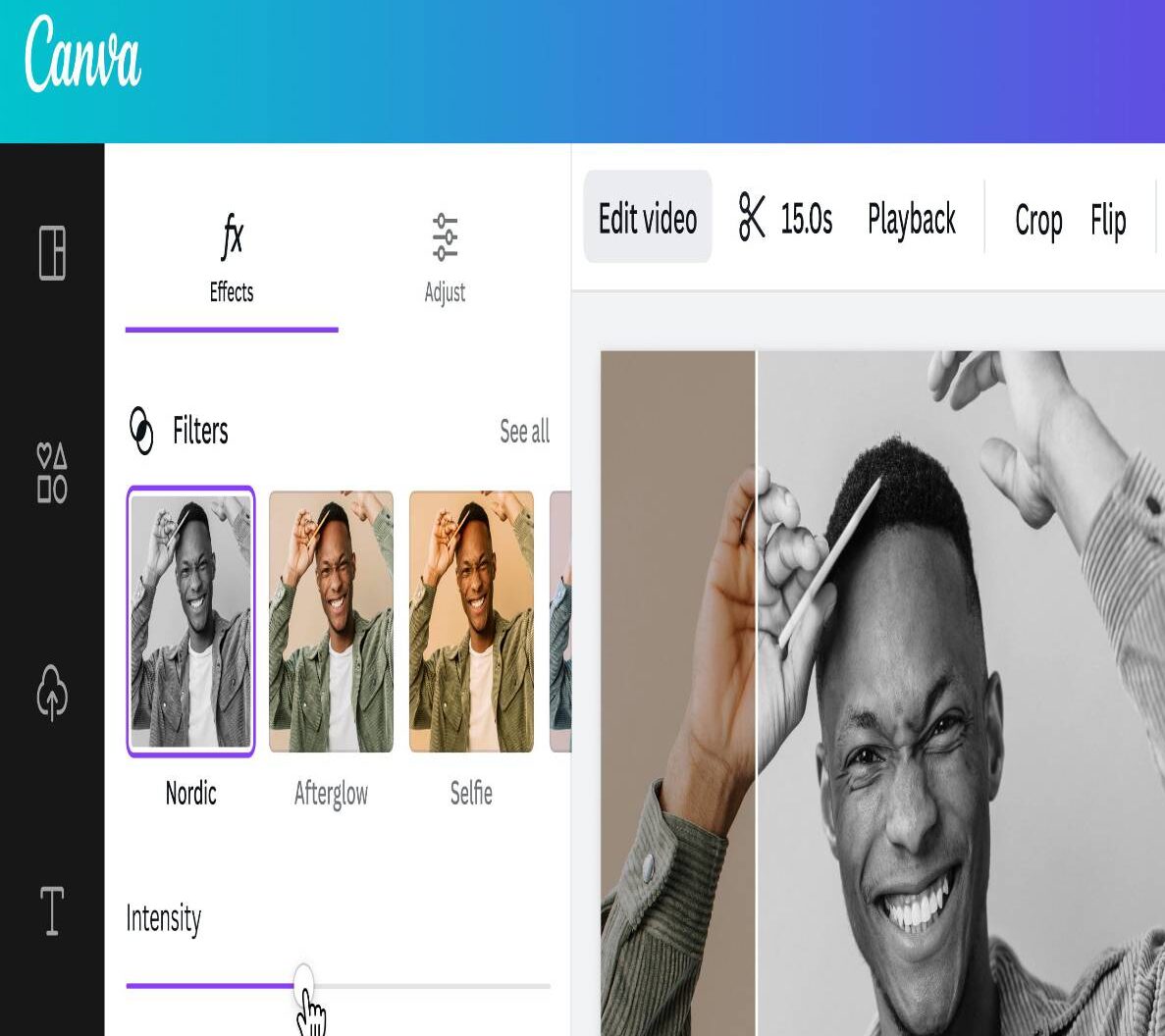
Pricing Strategies for SaaS Products: What Works?
Pricing is not just about covering costs. It shapes how people see your product, how fast you grow, and how much revenue you generate.
Choosing the right strategy is critical. A strong pricing plan turns users into loyal subscribers and casual visitors into paying customers.
This guide covers the best SaaS pricing models. It explains value-based pricing and shares successful subscription pricing strategies for 2025.
Why SaaS Pricing Matters More Than Ever
In 2025, competition in SaaS is fierce. Users have more choices and higher expectations.
A strong pricing strategy helps you:
- Communicate your product’s value clearly
- Lower barriers to sign-up
- Maximise customer lifetime value (CLV)
- Reduce churn and keep users longer
- Support sustainable, predictable growth
Good pricing is not about being the cheapest. It’s about matching your price to the value you deliver.
Understanding the Basics: Key Pricing Concepts
Before diving into strategies, it’s important to understand these terms:
- Customer Acquisition Cost (CAC): How much you spend to get one customer.
- Customer Lifetime Value (CLV): How much one customer brings in total revenue.
- Churn Rate: The percentage of customers who cancel each month or year.
- Monthly Recurring Revenue (MRR): The predictable income you generate monthly from subscriptions.
Effective pricing supports healthy MRR, strong CLV, and lower churn.
Top SaaS Pricing Models Explained

1. Flat-Rate Pricing
Flat-rate pricing offers one plan at one price. It is simple, clear, and easy to understand.
Example: £30 per month for unlimited access.
Best for: Simple products with one main user type.
Pros:
- Easy to explain
- Easy to predict revenue
Cons:
- Limited flexibility
- May not suit different user needs
2. Tiered Pricing
Tiered pricing offers different plans with increasing features or usage limits.
Example:
- Basic: £20/month
- Pro: £50/month
- Enterprise: £100/month
Best for: Products serving users with different needs.
Pros:
- Captures a wider market
- Encourages upgrades
Cons:
- Can confuse users if too many tiers exist
3. Usage-Based Pricing
Users pay based on how much they use.
Example: £0.02 per email sent, £1 per GB stored.
Best for: Infrastructure, analytics, or APIs.
Pros:
- Scales naturally with usage
- Attracts cost-conscious users
Cons:
- Harder to predict monthly revenue
- May cause price anxiety
4. Freemium Model
The product offers basic features for free and charges for premium features.
Example: Use for free, pay £10/month to unlock extras.
Best for: Products that can deliver real value at the free level.
Pros:
- Lowers barriers to entry
- Builds large user bases fast
Cons:
- Can attract many non-paying users
- Conversion to paid plans is critical
5. Per-User Pricing
You charge based on the number of users or seats.
Example: £15 per user per month.
Best for: Team-based or collaborative tools.
Pros:
- Easy for businesses to understand
- Revenue grows with customer teams
Cons:
- Users might share accounts to save money
Value-Based Pricing: A Smarter Approach
Instead of pricing based on costs or competitors, value-based pricing looks at what your product is worth to the user.
How it works:
- Understand the problems your product solves
- Measure how much time, money, or stress you save users
- Price your product relative to the value it delivers
Example: If your tool saves a business £500 a month, charging £50–£100 feels fair.
Benefits of value-based pricing:
- Higher willingness to pay
- Better customer satisfaction
- Easier upsells and renewals
Value-based pricing is often the most profitable strategy for SaaS.
Subscription Pricing Strategies That Work in 2025
1. Anchor Your Prices
Anchor pricing highlights a high-value plan first. This makes other plans seem more affordable.
Example: Enterprise: £200/month → Pro: £80/month → Basic: £30/month.
Seeing the £200 price makes £80 feel like a bargain.
Anchoring taps into human psychology to guide choices.
2. Offer Annual Discounts
A yearly payment discount attracts users, improves cash flow, and fosters loyalty.
Example: £30/month or £300/year (saving £60).
This strategy reduces churn and supports faster growth.
3. Build Upgrade Paths
Design plans that naturally encourage users to move up.
Example: A business may start with a basic plan, but as their team grows, they need features from the Pro plan.
Make upgrading seamless and rewarding.
4. Add a Free Trial, Not Just Freemium
A limited-time free trial of the full product often works better than a freemium plan.
Benefits of free trials:
- Let users see full value
- Create urgency to upgrade
- Filter serious customers
Trials of 7–14 days tend to convert best.
5. Use Psychological Pricing
Simple tweaks can boost sales:
- Prices ending in 9 (e.g., £29 instead of £30)
- Showing savings clearly (e.g., “Save 20% annually”)
- Limiting choices to three plans for easy comparison
Small details have a big impact.
Mistakes to Avoid in SaaS Pricing
- Setting prices too low to attract users, then struggling with profitability
- Making pricing pages confusing or overwhelming
- Hiding extra fees or costs (which destroys trust)
- Ignoring how users’ needs change over time
- Refusing to adjust pricing based on feedback and results
Pricing is not set once. It must evolve as your product and market grow.
Real Examples of Smart SaaS Pricing

Zoom
- Offers free basic use with limits
- Paid plans scale for individuals, teams, and enterprises
- Clear, simple upgrade paths
HubSpot
- Free CRM to attract users
- Paid plans for marketing, sales, and service modules
- Value grows as businesses scale
Canva

- Free forever plan with great core features
- Affordable Pro plan for serious users
- Scales up for teams and large businesses
Quick SaaS Pricing Checklist
- Do users understand your value quickly?
- Is your pricing page simple and clear?
- Can users start small and upgrade easily?
- Do you offer discounts for long-term commitment?
- Is your pricing flexible enough for different needs?
- Are you tracking results and adjusting over time?
If you can answer yes to most of these, your pricing is on the right track.
Pricing Is a Growth Tool
Smart pricing is not about guessing. It is about understanding users, delivering real value, and communicating it clearly.
The best SaaS pricing models balance business needs with user expectations. Using value-based pricing and tested subscription pricing strategies, you can build strong, steady growth for years to come.
Remember: Pricing is a journey. The better you know your users, the better you can price your product — and win.


